What do bridges, highways, and rail have to do with wild and native trout and salmon?
Why “Infrastructure Week” was a big deal for trout and salmon
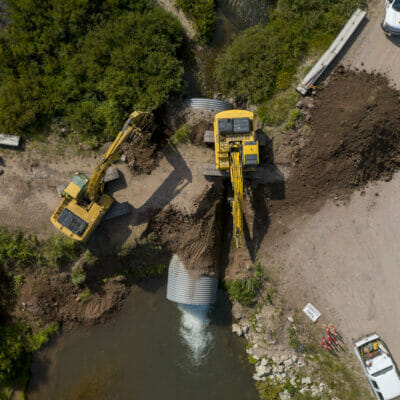

What do bridges, highways, and rail have to do with wild and native trout and salmon?
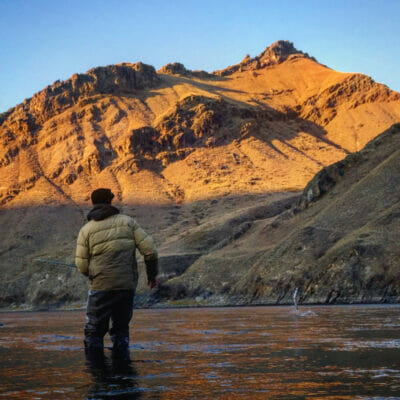
“Removing the Lower Snake River dams is a move to make sure that steelhead and salmon can reach their native waters and continue to inspire generations to come. They are simply too important not to remove a giant thorn in their side.”
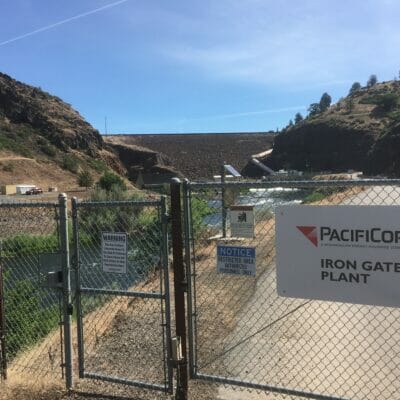
The Klamath River is one of the country’s most beleaguered watersheds. But on July 27 the Oregon Public Utilities Commission provided some good news, when the agency approved an order granting transfer of four old fish-blocking dams to the Klamath River Renewal Corporation so they can be taken out.
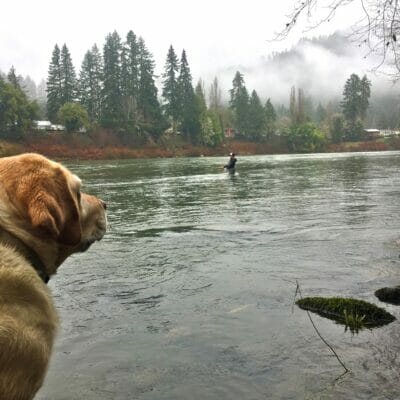
Dean hollered from upstream as a steelhead took his fly, then hollered again a moment later as the fish released it. At another spot Dean had a nice fish on for perhaps a minute, his rod bowed and bobbing. But that steelhead, too, practiced detachment. Welcome to winter steelhead fishing.

The Salmon SuperHwy has achieved more than 50 percent of its goal of restoring fish connectivity to 95 percent of historically available habitat across the Tillamook—Nestucca Sub-basin
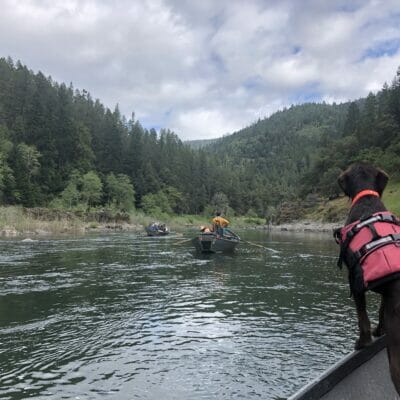
A fishery management plan being developed for southwest Oregon coastal rivers has generated debate over whether to temporarily reduce or prohibit harvest of wild steelhead. TU’s Kyle Smith has a suggestion.
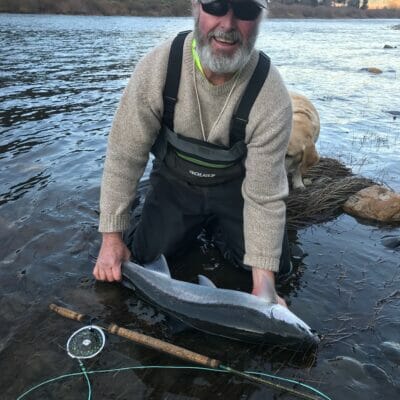
It moved so slowly that it took me a moment to grasp what was happening. I believe I uttered the standard expression all anglers rely on in such circumstances, which is, of course, “Holy Toledo!” Except you don’t use the word “Toledo.”